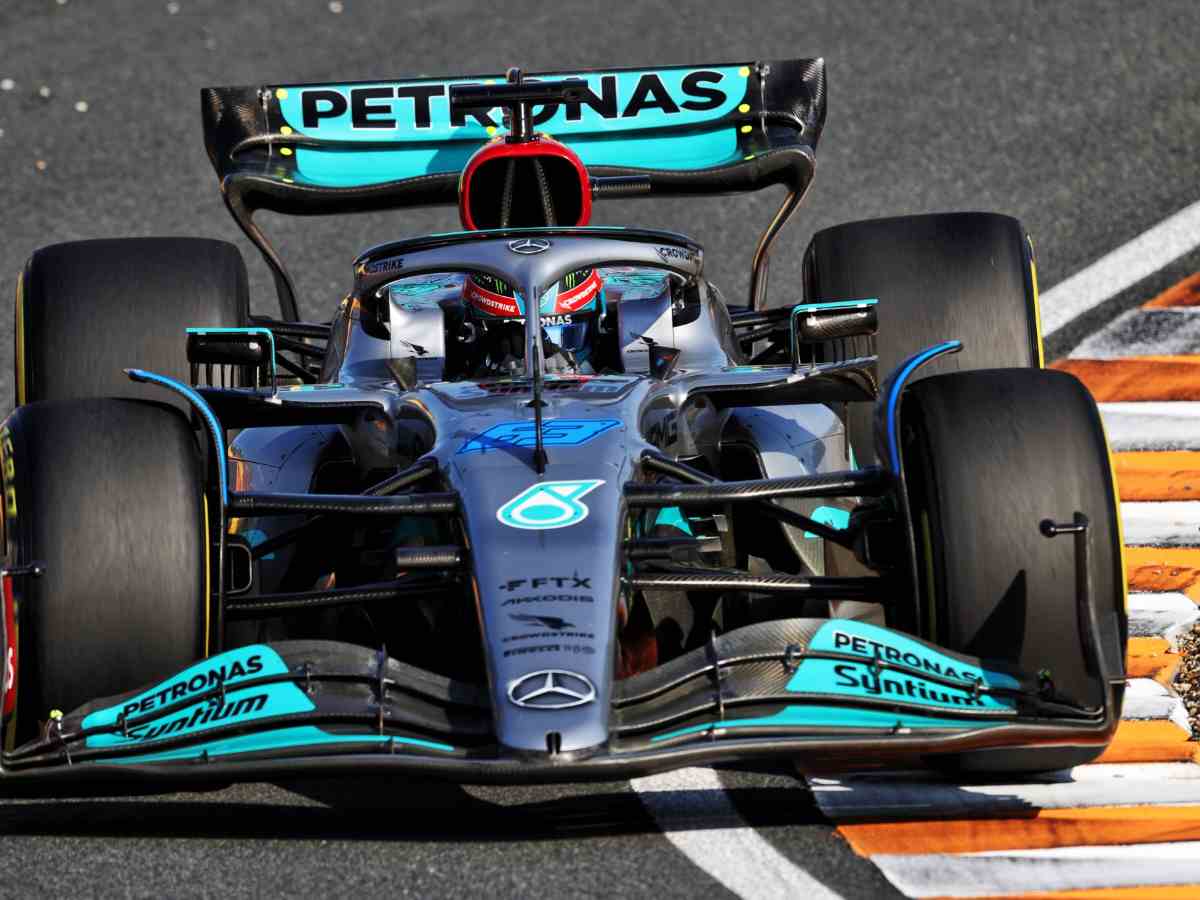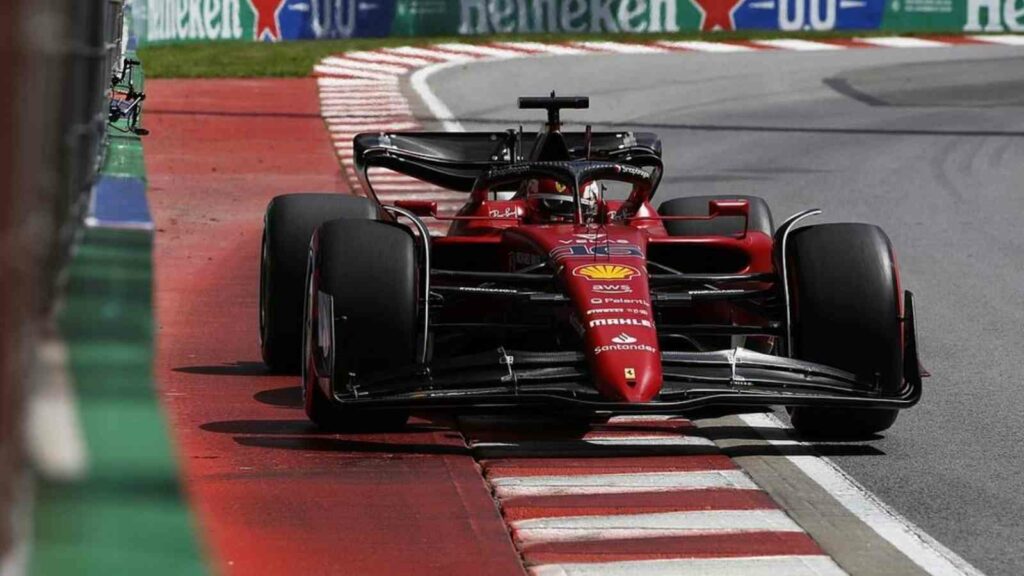Controversial ‘porpoising’ technical directive ‘TD39’ silently removed by the FIA – Report
The controversial 'TD39', introduced in the middle of last season to control 'vertical oscillations' has apparently been silently removed by the FIA.

The Mercedes W13, which was said to have benefitted from the FIA's 'TD39'
🔍 Explore this post with:
Porpoising was a particularly contentious issue for all of 2022. This was especially the case in the season’s early stages when teams experienced the brunt of it. Most teams had it in one form or another, but it was particularly evident, and debilitating, on the Mercedes W13. The Ferrari F1-75 also showed this bouncing/porpoising phenomenon, but it did not seem to have an effect on their performance. To counter this, the FIA brought out the ‘TD39’.
The technical directive was issued on June 17 following a particularly excruciating Azerbaijan GP, due to the bumpy track surface. Many drivers complained about it, most notably Mercedes’ Lewis Hamilton and George Russell. But it did not come into effect until the Belgian GP, after the summer break. ‘Flexi-floors’ were also outlawed. TD39 was basically an aerodynamic oscillation metric (AOM). The goal? To limit the number of vertical ‘oscillations’ a car can undergo, so as not to risk drivers’ health.
A maximum number was set, and breaching it consistently could lead to penalties. To improve driver safety, the FIA changed the floor rules for 2023, in a bit to limit porpoising. Now, teams cannot run their cars as low. The floors will be 15mm higher on the side edge than the ‘reference plane’, and the diffuser groove will be 10mm higher. Mercedes-powered teams had proposed a 25mm change to the floor’s lateral edge, but a compromise was reached at 15mm.
This was also because most teams had the phenomenon under control by then. Now, too, it seems to not be that big of a problem. The floor rules seemed to have successfully tackled porpoising/bouncing, even though they may have had some unintended effects. And so, according to the Italian arm of Motorsport.com, the TD39 has been removed, as it appears to have been made redundant by the floor changes.
The TD39 was apparently scrapped by the FIA at the start of the 2023 season

The Italian publication ‘understands’ that the technical directive was scrapped at the start of the season itself. And in fact, it had already been relaxed at the Singapore Grand Prix. This was apparently done because “large swings” in vertical oscillations could be generated, not by porpoising as such, but because of the rough track surface. It is, after all, a street circuit. So, the TD was relaxed to prevent cars from breaching the normal limits.
This doesn’t mean that the issue has completely disappeared, of course. The Ferrari SF-23 has been seen bouncing. That is certainly worrying for the team, especially considering their disappointing pace (according to their goals). Last year, there were also reports that the organization felt that the technical directive had a large part to play in their performance falling drastically in the second half of the season. That is, after the introduction of the TD39. They also ran the engine lower, because of reliability fears.
But the F1-75 becoming a ‘tire eater’ coincided with the arrival of the TD39. It could no longer keep up with Red Bull, and often, even Mercedes, in race pace. According to AMuS, though they publicly denied it, Ferrari were finding it hard to ‘dismiss the connection’ between TD39 and their tire wear issues. There have also recently been reports that the new floor rules have regressed the cars’ abilities to follow each other (compared to 2022). So, it’ll be interesting to see how this develops.
In case you missed it:
- “Other teams should take technical inspiration,” McLaren’s Andrea Stella wants F1 teams to follow Red Bull
- “The season is long,” Aston Martin boss warns Red Bull about Mercedes-Ferrari resurgence







